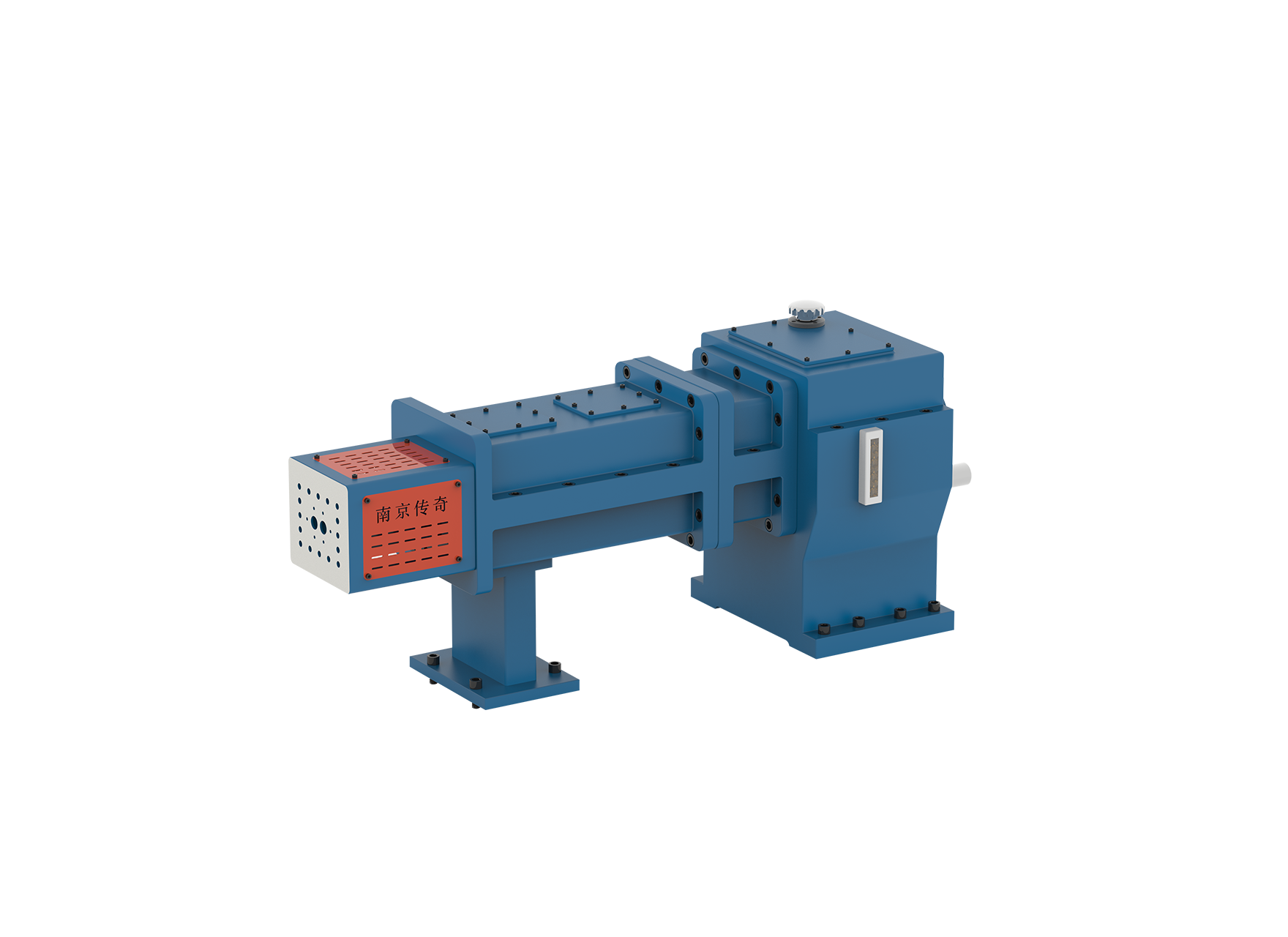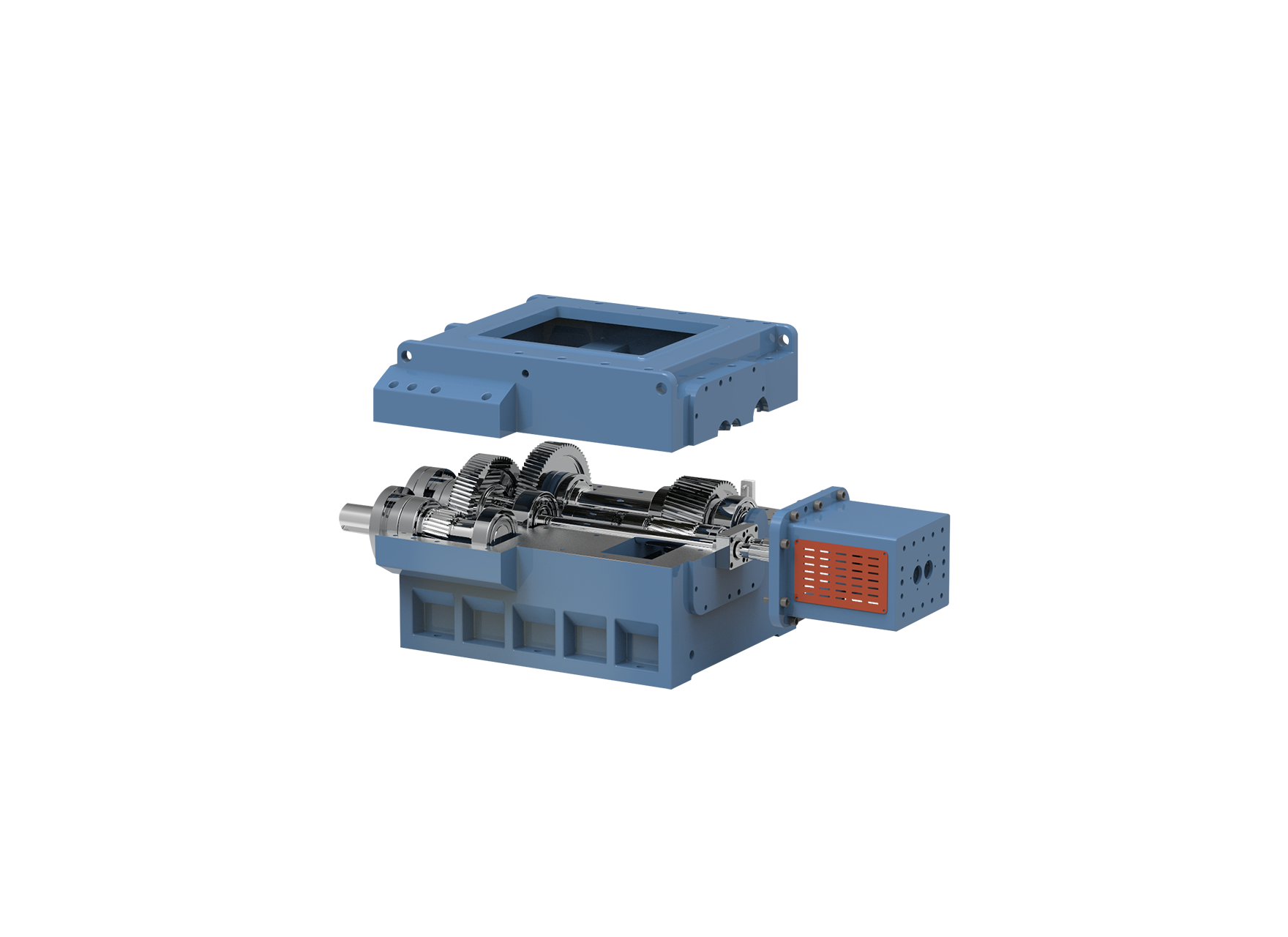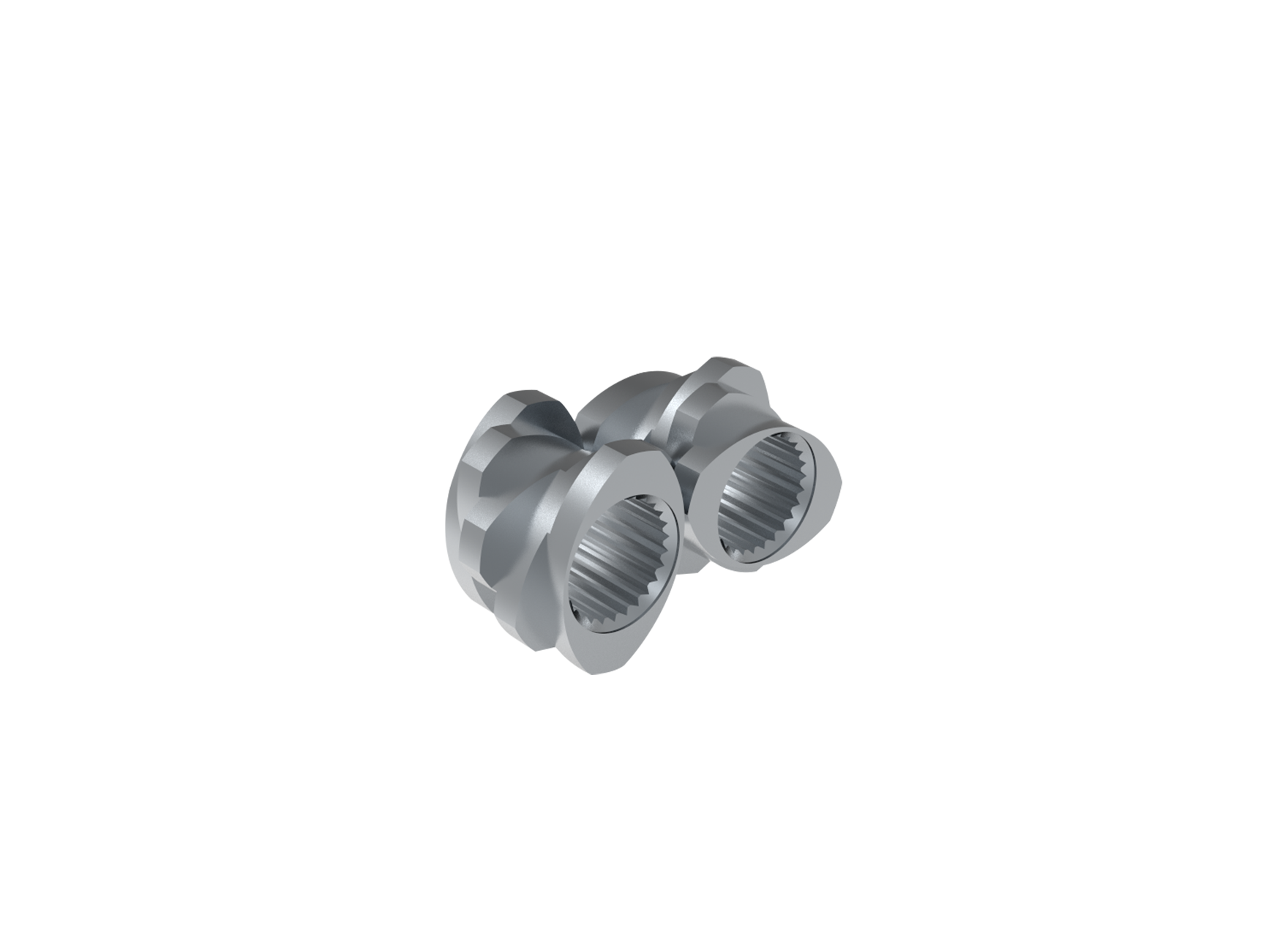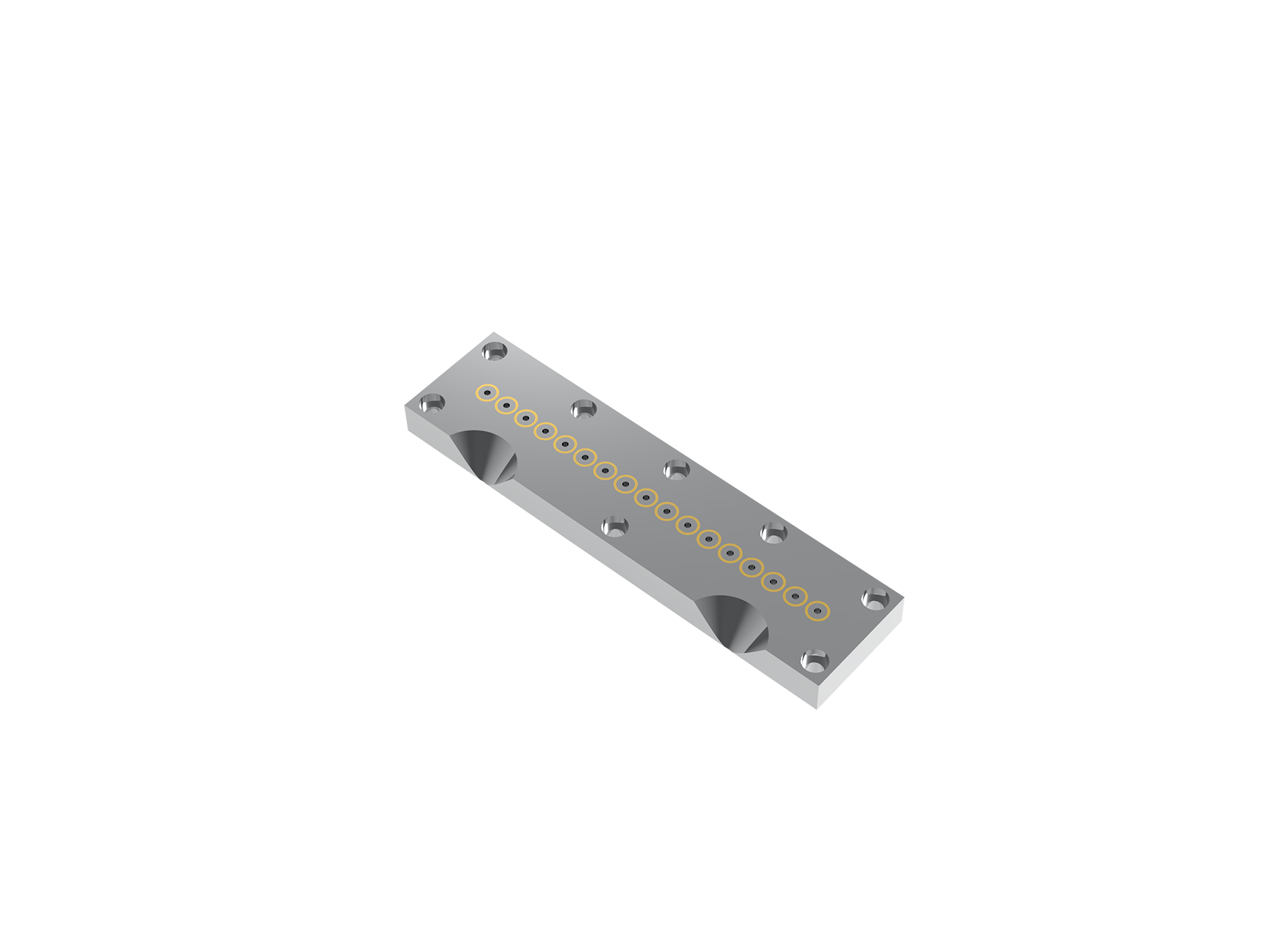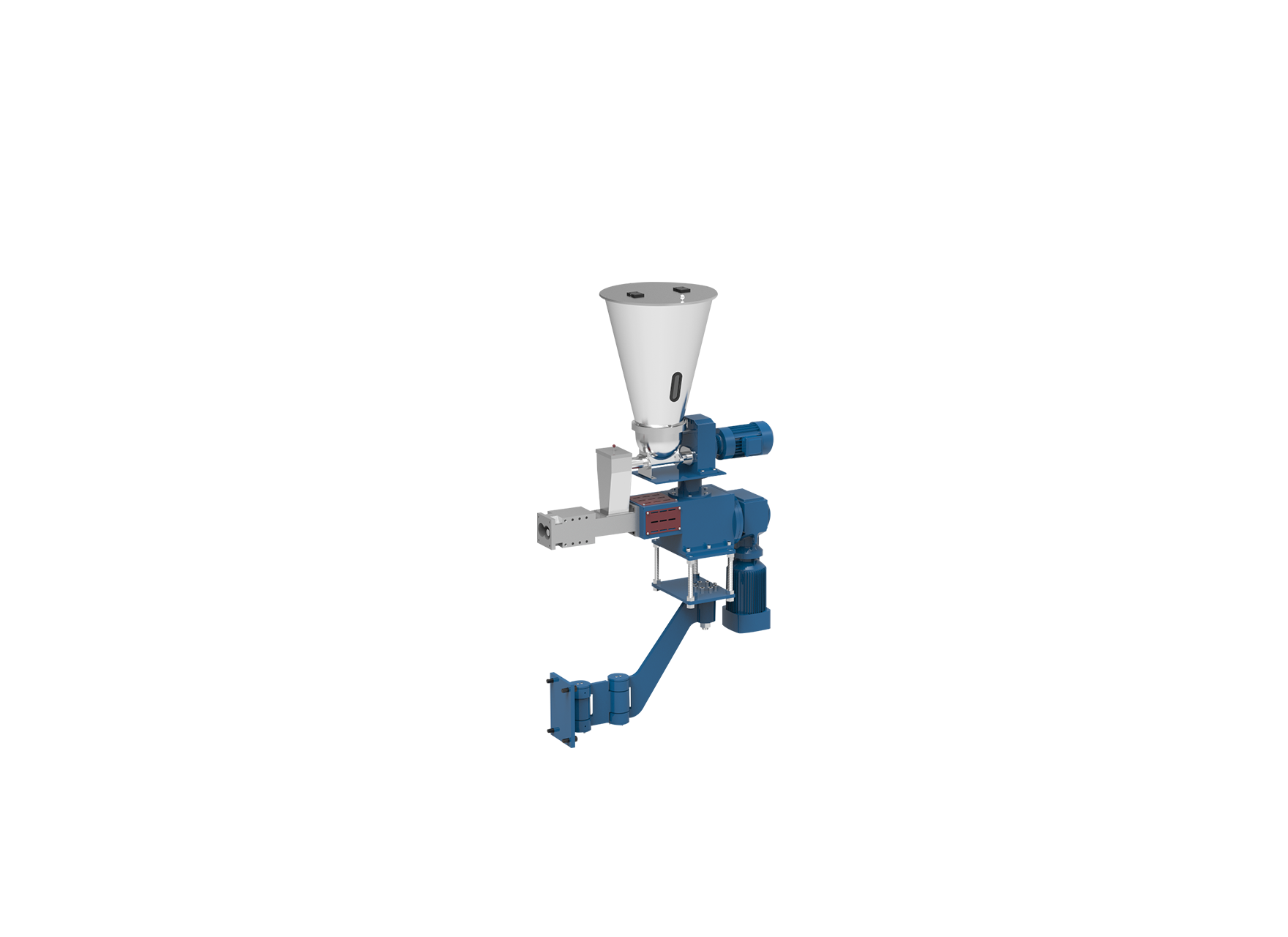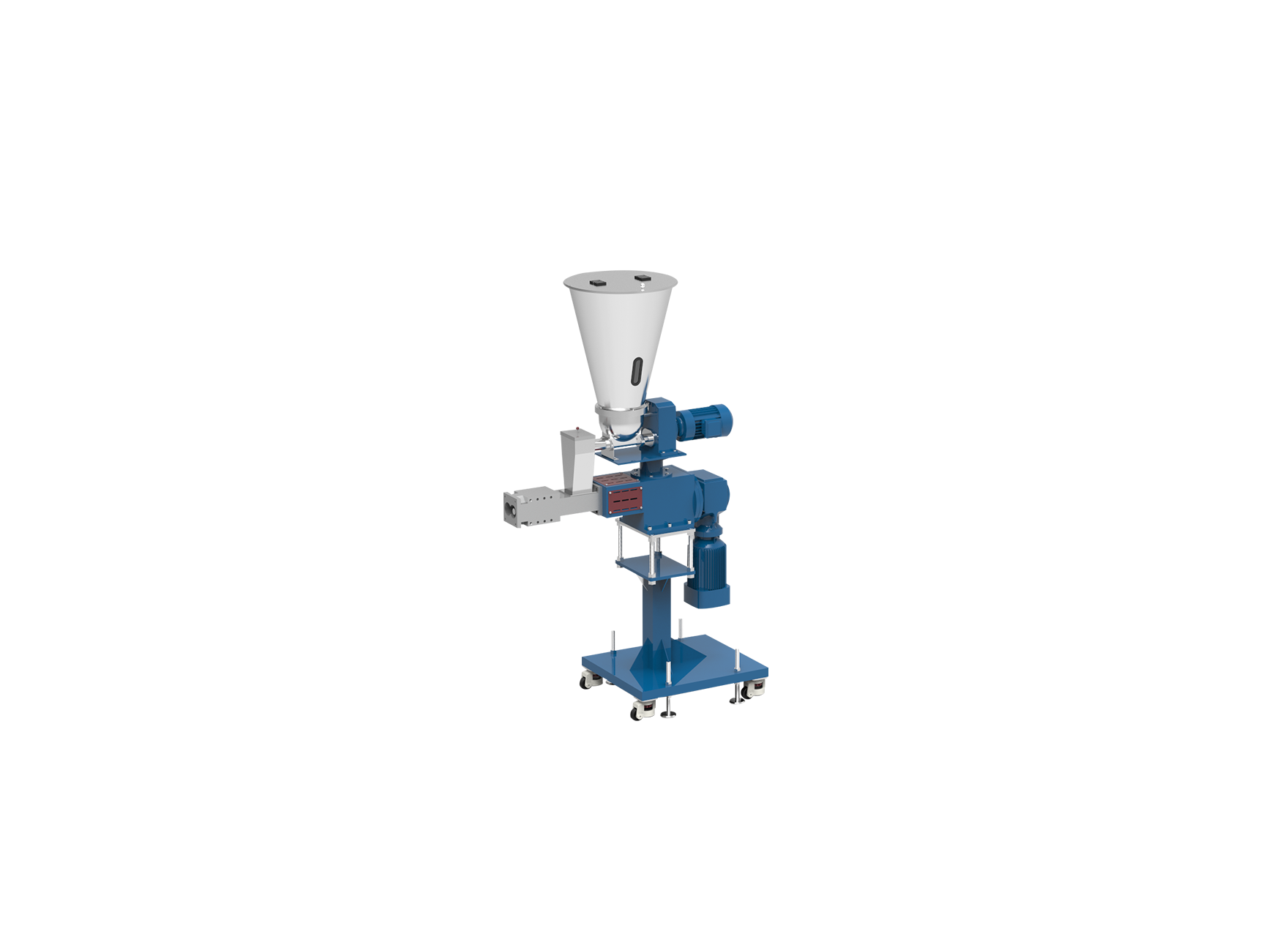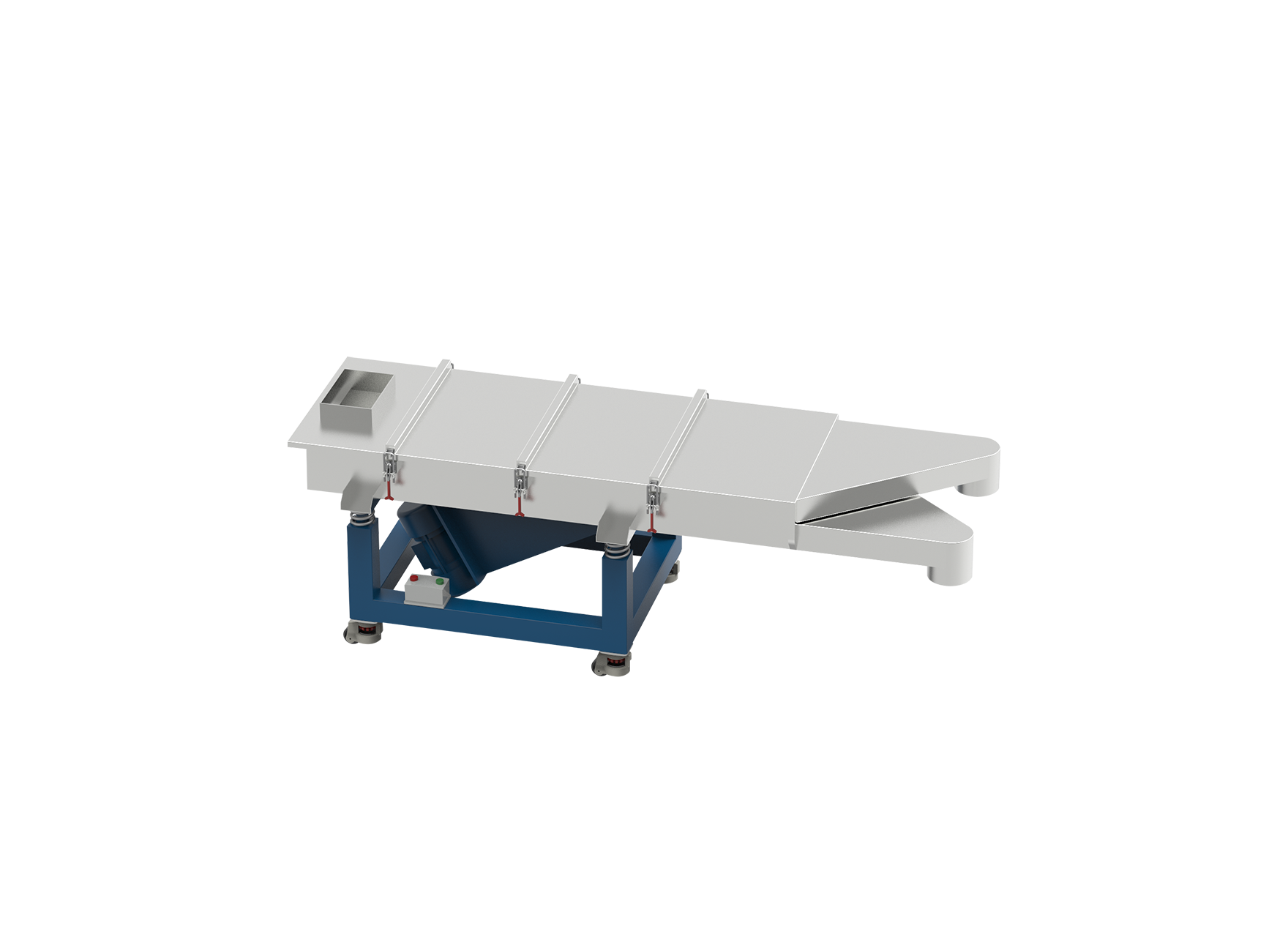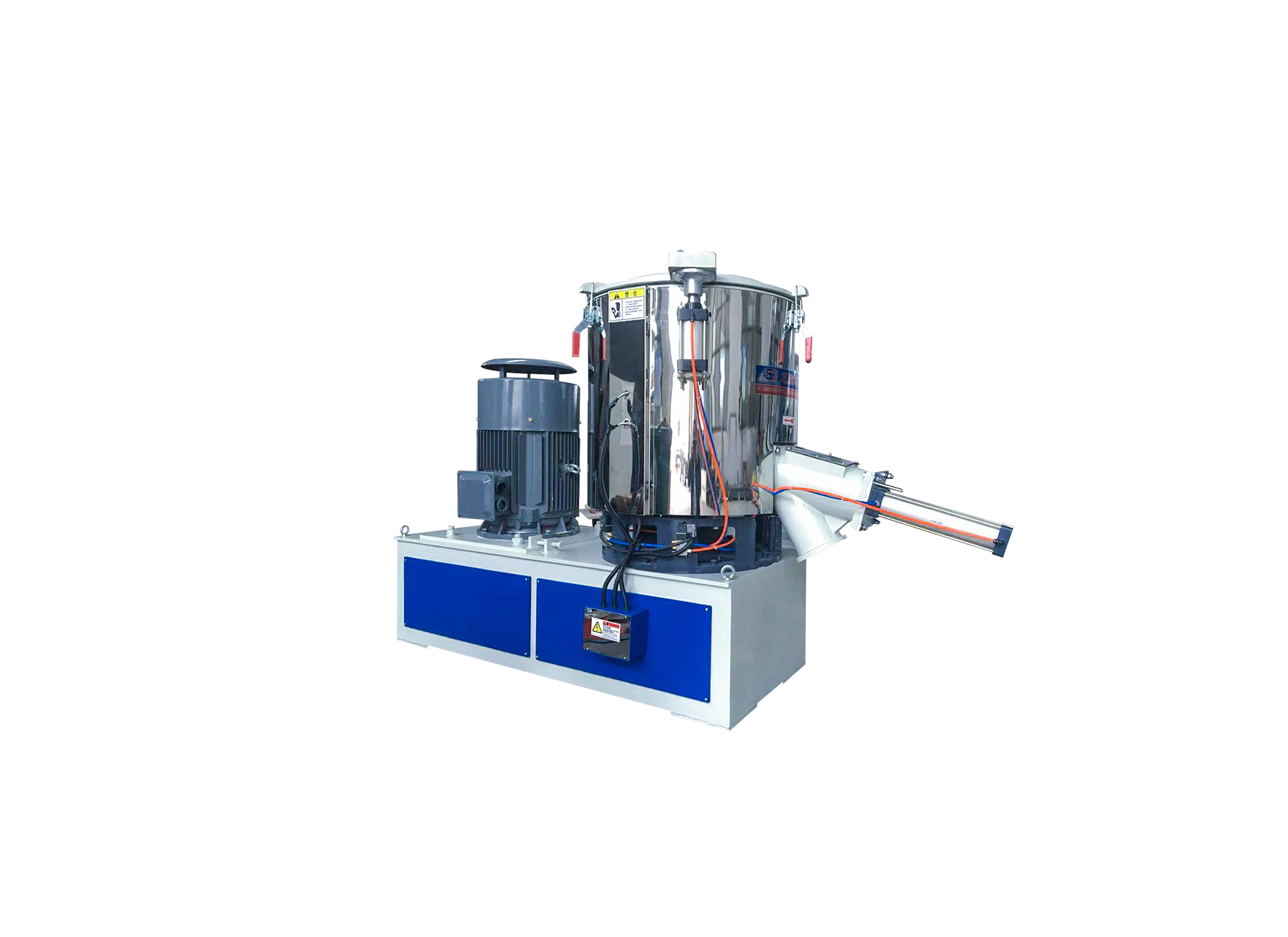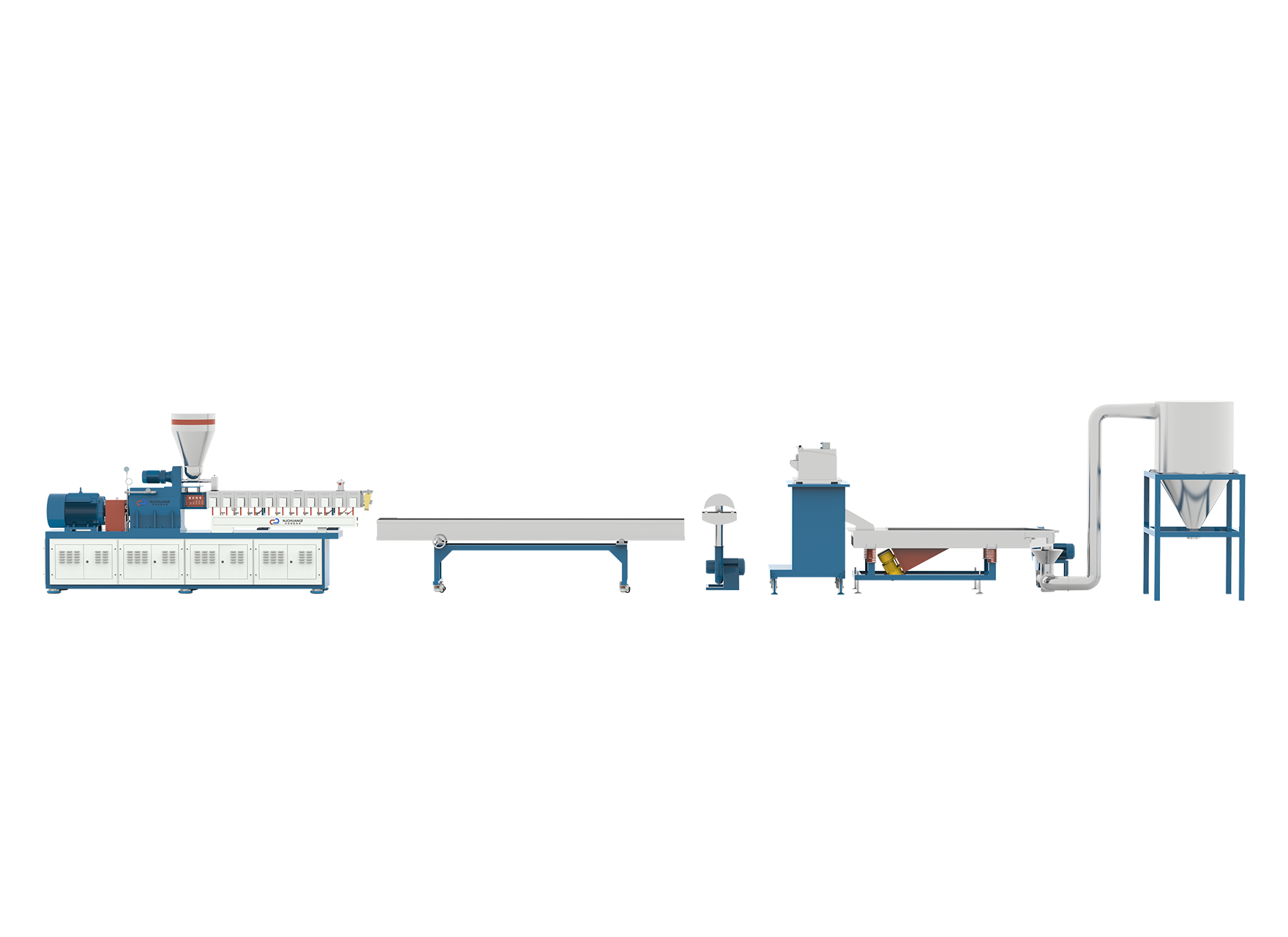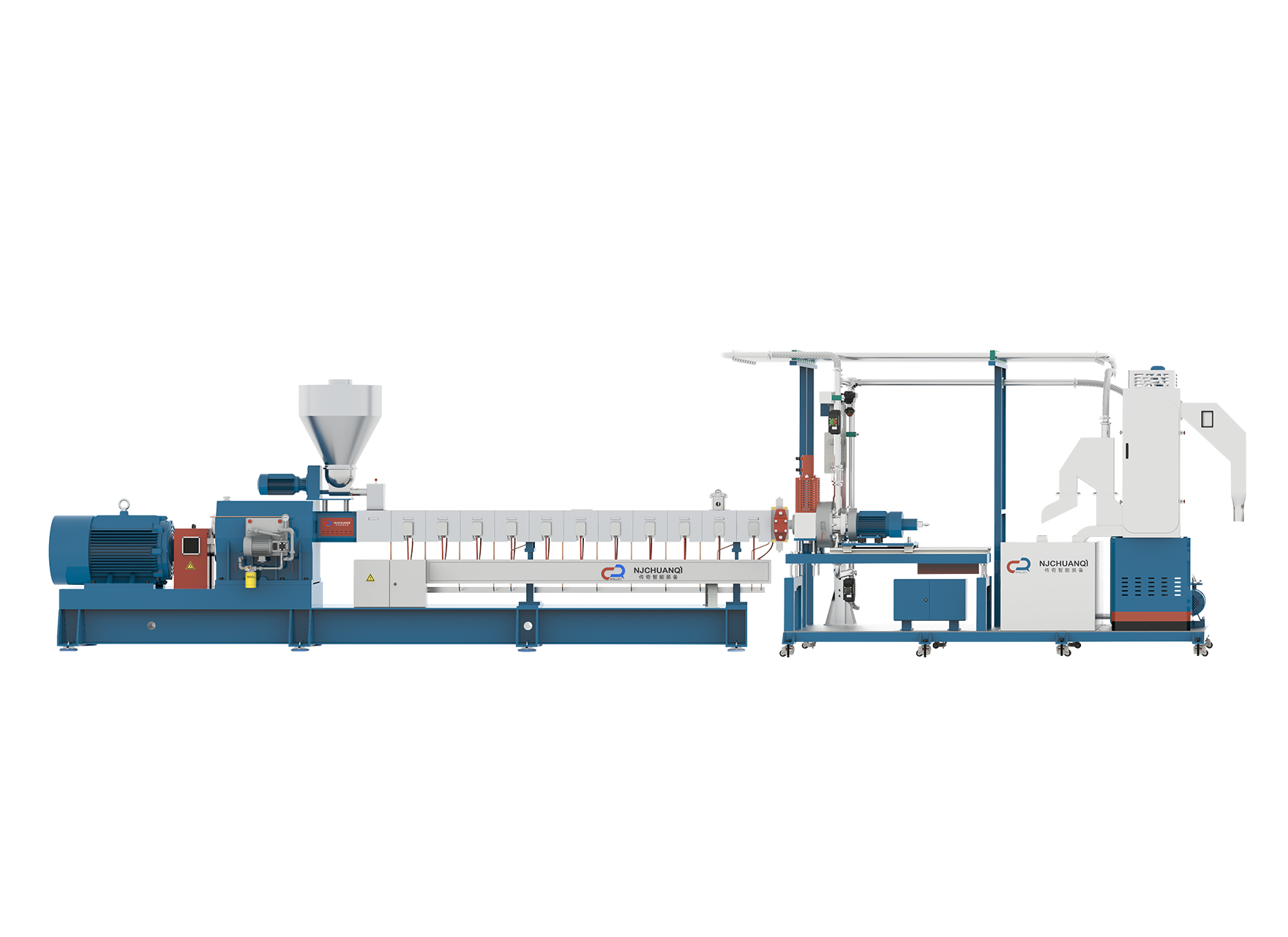Design Lab Extruder Machine Factory Manufacturing Exporter
In the realm of manufacturing, the lab extruder machine factory plays a significant role in producing equipment essential for research, development, and production processes across various industries. As environmental concerns continue to grow, these factories are increasingly adopting measures to minimize their ecological footprint and promote sustainable practices. From energy efficiency initiatives to waste reduction strategies, here are some of the key environmental measures implemented by the lab extruder machine factory.
One of the primary environmental measures adopted by the lab extruder machine factory is the implementation of energy-efficient technologies and practices. Modern extrusion equipment is designed to optimize energy usage through features such as variable speed drives, energy-efficient motors, and automated control systems. By reducing energy consumption during operation, factories can reduce their carbon emissions and lower their overall environmental impact.
The lab extruder machine factory invests in energy management systems (EMS) to monitor and optimize energy usage in real-time. EMS software tracks energy consumption patterns, identifies areas of inefficiency, and provides actionable insights for improving energy performance. By implementing energy-saving measures such as load shedding, peak shaving, and demand response, factories can further reduce their energy costs and environmental footprint.
In addition to energy efficiency initiatives, the lab extruder machine factory prioritizes waste reduction and recycling to minimize their environmental impact. Through careful material management and process optimization, factories aim to reduce waste generation and improve resource utilization. Scrap materials generated during the extrusion process are collected, sorted, and recycled whenever possible, reducing the amount of waste sent to landfills and conserving valuable resources.
The lab extruder machine factory embraces sustainable sourcing practices to minimize the environmental impact of their supply chains. By partnering with suppliers that prioritize environmental stewardship and sustainable forestry practices, factories can ensure that the raw materials used in their production processes are responsibly sourced and harvested. Sustainable sourcing initiatives promote biodiversity conservation, habitat protection, and responsible land management practices.
The lab extruder machine factory implements water conservation measures to reduce its water usage and reduce its environmental footprint. Water is a critical resource in the extrusion process, used for cooling, cleaning, and lubrication purposes. By implementing water recycling systems, leak detection programs, and process optimization techniques, factories can decrease water waste and preserve this valuable resource for future generations.
The lab extruder machine factory prioritizes air quality and emissions reduction to protect the health and well-being of workers and surrounding communities. Advanced filtration systems and emission control technologies are installed to capture and neutralize airborne pollutants generated during the extrusion process. Regular maintenance and inspection programs ensure that equipment operates efficiently and complies with regulatory emissions standards.
The lab extruder machine factory invests in employee training and awareness programs to foster a culture of environmental responsibility and sustainability. By educating employees about the importance of environmental conservation and providing them with the knowledge and tools to implement eco-friendly practices, factories can empower their workforce to contribute to positive environmental outcomes.
the lab extruder machine factory engages in community outreach and partnership initiatives to support environmental conservation efforts beyond their facilities. By collaborating with local organizations, government agencies, and community groups, factories can participate in environmental restoration projects, habitat conservation efforts, and educational programs that promote environmental awareness and stewardship.
In conclusion, the lab extruder machine factory is taking proactive measures to minimize its environmental impact and promote sustainability across its operations. From energy efficiency initiatives and waste reduction strategies to sustainable sourcing practices and community engagement efforts, these factories are demonstrating their commitment to environmental responsibility and contributing to a more sustainable future. By embracing eco-friendly practices and adopting innovative technologies, the lab extruder machine factory can reduce its environmental footprint while continuing to meet the needs of its customers and stakeholders.

 English
English 中文简体
中文简体 русский
русский عربى
عربى +86-189 1339 2785
+86-189 1339 2785
